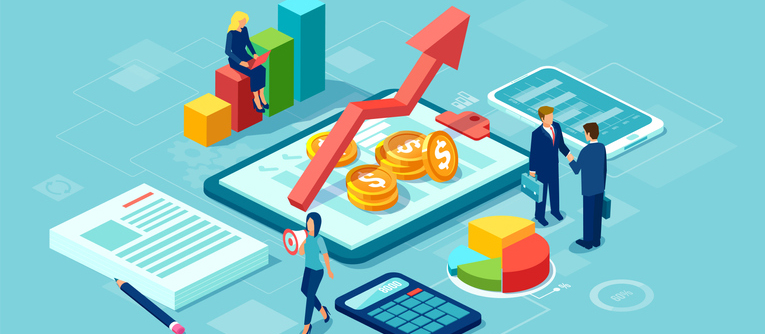By Joe Gaska, Founder & CEO, GRAX
The COVID-19 pandemic highlighted the importance of organizations’ ability to respond to evolving market conditions as swiftly as possible. This type of agility is easier to achieve when employees have access to the information they need, wherever and whenever they need it – which explains the acceleration of digital transformation initiatives in the past year.
To enable anywhere, anytime access to information, more and more organizations are transitioning from on-premises environments to SaaS (Software as a Service)-based models. This shift is clearly apparent among public sector organizations; a post-pandemic NASCIO survey of state and territory CIOs found that 89% plan to expand their “as a Service” models over the next three years.
As public sector organizations cloud-enable their operations, they have an opportunity to leverage insights from SaaS application data to steer their organizations forward while remaining compliant with data and privacy regulations. Here’s what government agencies need to know to properly and fully take advantage of their SaaS applications.
The Value of Historical SaaS Data
Every day, interactions that are critical to a government agency’s mission are taking place in SaaS applications. Data from these interactions can help agencies better understand trends that occur within (and outside of) their organizations, make more informed decisions, and be more proactive and responsive.
That said, this opportunity is only possible if government users can easily integrate and reuse that data in their preferred analytic and operational systems. To do this, they need full access to, and ownership of, their SaaS application data – which is not typically the case. Most SaaS vendors have de facto ownership of their customers’ data since it resides in the vendors’ own infrastructure. To access that data, organizations use APIs (application programming interfaces), which can be very time-consuming to maintain. Plus, when too many people are using APIs, the organization hits their API limits and often has to pay more to increase them. The SaaS app’s performance also takes a hit, frustrating end users and impacting productivity.
To enable easy data access, ownership and reuse, government agencies can store SaaS application data in their own secure cloud infrastructure. With frequent backups, agencies can capture any and all alterations to data, including where and when changes occurred, by whom and on what devices. By assuming ownership of SaaS app data, agencies can much more easily and cost-effectively learn from historical information to advance their services.
Maintaining Compliance
SaaS application data access and ownership are also key to security and compliance efforts. Government agencies, perhaps more than other organizations, house highly sensitive information, and data misuse or security breaches have the potential to be catastrophic.
What many people don’t know is that although their data is stored in a SaaS vendor’s infrastructure, vendors are only obligated to protect the app itself, not the data within it. Government agencies are responsible for keeping the data that resides in the applications secure and compliant with relevant regulations.
Again, agencies can help address this by backing up SaaS app data in their own secure cloud infrastructure. With their own cloud data lakes, government agencies can set their access controls and more effectively maintain oversight and trace data changes. This also helps protect against data sprawl where multiple copies of data are downloaded and altered without record. The fewer copies there are, the fewer potential entry points for bad actors to access, steal or ransom sensitive information.
Achieving True Digital Transformation
As government agencies increasingly adopt cloud-first applications, they should examine how to most effectively protect their data and use it to inform decision-making. By achieving easy access to and ownership of their SaaS application data, organizations can not only enhance regulatory compliance but also use that information to gain intelligence that will help them provide even better services to their publics.
Joe Gaska is the CEO and founder of GRAX, recently named a Cool Vendor by Gartner for making it easy to get strategic value from historical Salesforce application data. Prior to founding GRAX, Joe built Ionia Corporation and successfully sold it to LogMein (Xively), which is now a part of the Google IoT Cloud.





Leave a Reply
You must be logged in to post a comment.